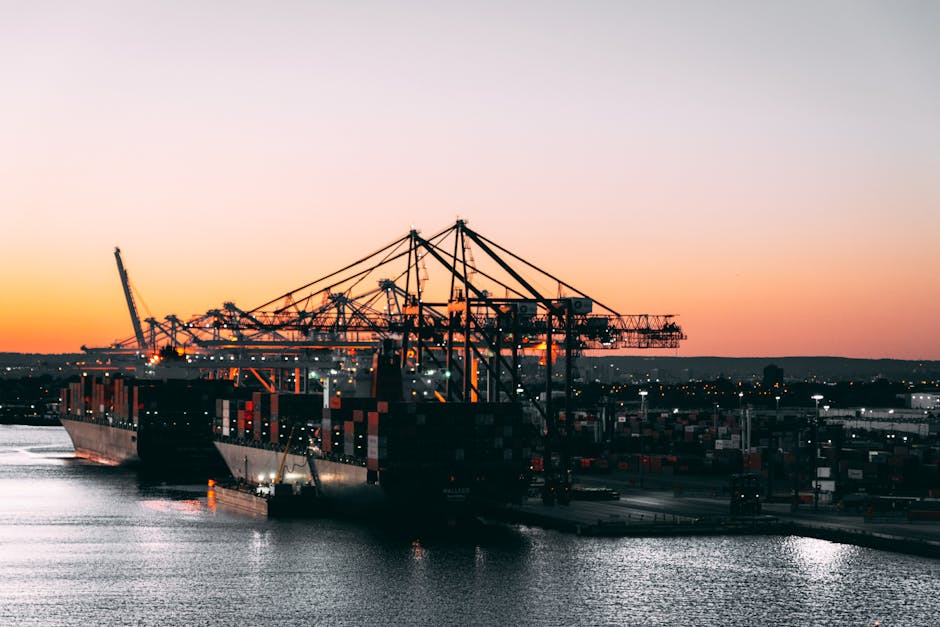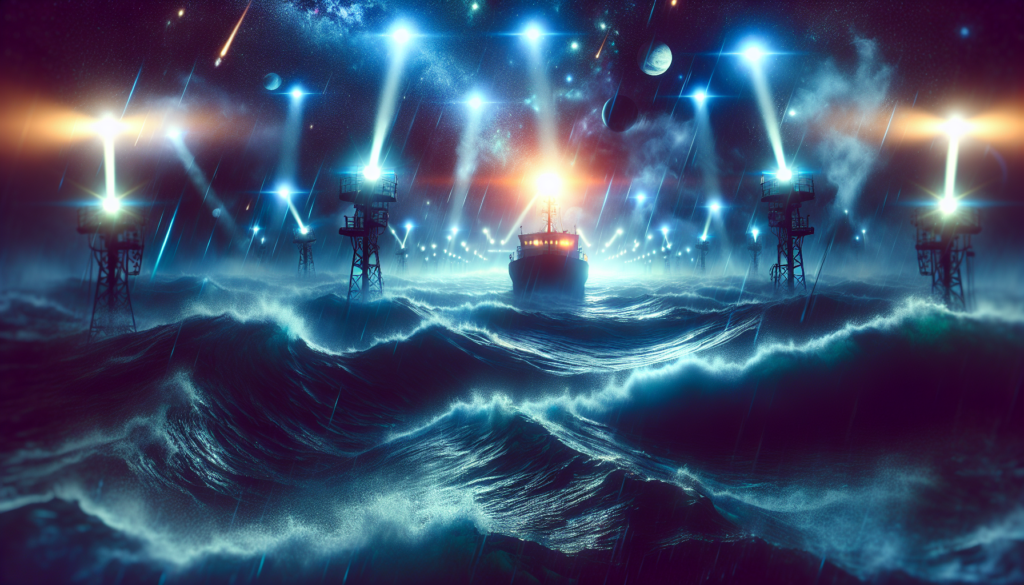Unlocking the Mysteries of Marine Navigation Lights
When we think of the vast expanse of the ocean, a myriad of images flood our minds – from serene sunsets to raging storms. However, amidst this vastness lies a system designed to guide ships safely through the darkness: marine navigation lights. These beacons of light play a crucial role in ensuring the safety of vessels at sea, yet their significance often goes unnoticed by those on land. Join me on a journey as we delve into the world of marine navigation lights, exploring their history, functions, and impact on maritime navigation.
The Evolution of Marine Navigation Lights
Marine navigation lights have a long and storied history, dating back centuries to when sailors relied on the stars to guide their way across the open seas. The first recorded use of artificial lights for navigation can be traced back to the ancient Greeks, who used bonfires to mark the entrance to harbors. Over time, these crude lights evolved into more sophisticated systems, including the use of lanterns with colored glass to signal specific directions.
One of the most significant advancements in marine navigation lights came in the 19th century with the introduction of the Fresnel lens. Developed by French physicist Augustin-Jean Fresnel, these lenses were able to concentrate light from a single source, making it visible over long distances. This innovation revolutionized maritime navigation, allowing ships to navigate safely even in the darkest of nights.

The Importance of Marine Navigation Lights
Marine navigation lights serve as a crucial tool for ensuring the safe passage of vessels through busy waterways. By following the prescribed color-coding and positioning of lights, ships are able to determine the direction and distance of other vessels, thereby avoiding collisions and other navigational hazards. These lights are especially vital in areas with heavy maritime traffic, where the risk of accidents is higher.
One of the key principles of marine navigation lights is the concept of right of way, which dictates the hierarchy of vessels based on their size, speed, and maneuverability. For example, a power-driven vessel is required to give way to a vessel not under command or restricted in its ability to maneuver. By following the established rules and guidelines for navigation lights, ships can communicate their intentions to other vessels and navigate safely in congested waters.
Types of Marine Navigation Lights
There are several types of marine navigation lights, each serving a specific purpose in guiding ships through different conditions and environments. The most common types of lights include:
1. Masthead Lights
Masthead lights are white lights placed at the forward end of a vessel, visible from the front and sides. These lights indicate the presence and direction of a ship to other vessels, helping to prevent head-on collisions.
2. Stern Lights
Stern lights are white lights placed at the rear of a vessel, visible from behind. These lights signal the presence and direction of a ship to vessels approaching from behind, ensuring safe passing.
3. Port and Starboard Lights
Port lights are red lights placed on the left side of a vessel, while starboard lights are green lights placed on the right side. These lights help ships determine the relative position of other vessels, enabling them to navigate around each other safely.

The Future of Marine Navigation Lights
As technology continues to advance, the future of marine navigation lights is expected to undergo significant changes. One area of development is the use of LED lights, which offer greater visibility, energy efficiency, and durability compared to traditional incandescent bulbs. LED lights are also able to emit different colors and intensities, allowing for more precise signaling and communication between vessels.
Another trend in marine navigation lights is the integration of GPS and electronic navigation systems, which can provide real-time positioning data to ships and automate the display of lights based on their location and course. This technology has the potential to enhance safety and efficiency in maritime navigation, reducing the risk of human error and improving situational awareness.
Expert Opinions on Marine Navigation Lights
To gain further insights into the world of marine navigation lights, I reached out to Captain John Smith, a seasoned maritime navigator with over 20 years of experience. According to Captain Smith, “Marine navigation lights are the cornerstone of safe navigation at sea. They provide essential information to ships about the presence, direction, and status of other vessels, helping to prevent collisions and ensure the smooth flow of traffic in busy waterways.”
When asked about the future of marine navigation lights, Captain Smith remarked, “I believe that technology will play a significant role in shaping the evolution of navigation lights. LED lights and electronic systems offer tremendous benefits in terms of visibility, efficiency, and automation, making them ideal for modern maritime navigation.”
Common Misconceptions About Marine Navigation Lights
Despite their critical role in maritime safety, marine navigation lights are often misunderstood or overlooked by the general public. One common misconception is that these lights are purely decorative or aesthetic in nature, rather than serving a practical purpose in guiding ships at sea. In reality, marine navigation lights are a vital tool for preventing accidents and ensuring the safe passage of vessels.
Another misconception is that all vessels are required to display navigation lights at all times, regardless of the time of day or visibility conditions. In fact, navigation lights are only required to be displayed during periods of reduced visibility, such as at night or in foggy conditions, when visual contact with other vessels is limited.
Conclusion: Navigating the Seas Safely
In conclusion, marine navigation lights play a crucial role in ensuring the safety and efficiency of maritime navigation. By following the established rules and guidelines for navigation lights, ships can communicate effectively with each other and navigate through busy waterways with confidence. As technology continues to advance, the future of marine navigation lights holds great promise for improving safety and situational awareness at sea.
So the next time you gaze out at the endless expanse of the ocean, take a moment to appreciate the silent sentinels that guide ships through the darkness, keeping them safe from harm. The world of marine navigation lights may be hidden from view, but its impact on the safety of seafarers is undeniable.



